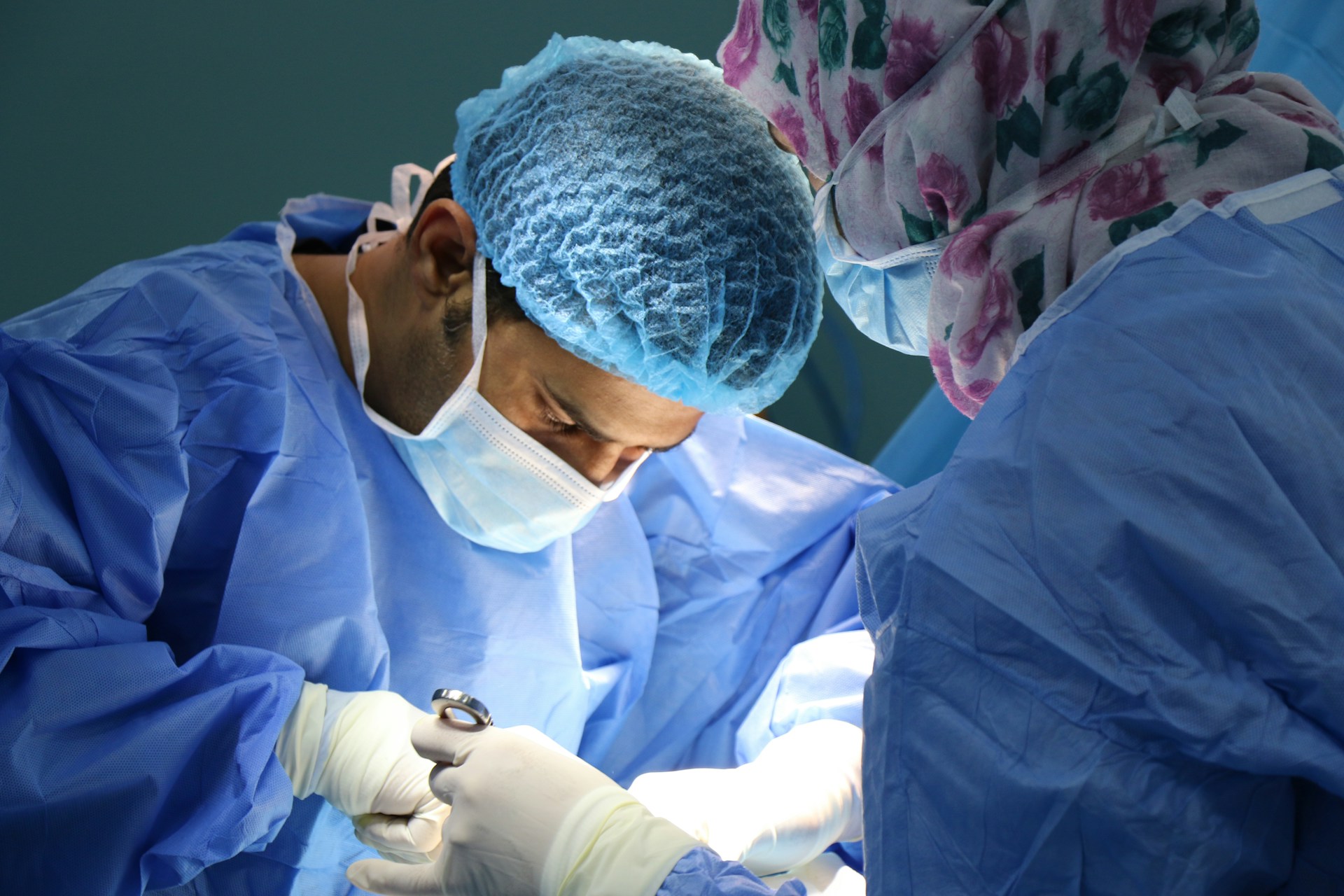The healthcare industry generates more negative climate change than you would expect, with a lot of unsustainable practices being created throughout the early years of surgery. However, changes are being implemented by surgeons to make the industry more sustainable, and there has been somewhat of a movement towards sustainable surgical practices at an institutional level. Eventually, the industry could begin to decrease its ever-growing carbon footprint.

There have been some health alliances that have been at the forefront of trying to reduce the carbon footprint of surgical care. For example, the UK Health Alliance on Climate Change, Brighton and Sussex Medical School and the Centre of Sustainable Healthcare have been exploring how we can reduce the environmental impact of surgeries while maintaining high-quality patient care.
In this article, we will explore how sustainability is being introduced into surgical care and how it can revolutionise the industry as a whole.
Health systems climate crisis
Health systems are responsible for 4.4% of global emissions, which might not seem large at first but if we do some comparisons, you can see just how much the health system plays a part in climate change. Aviation only makes up 2.5% of global emissions and if the health system was considered a country, it would be the fifth largest emitter in the world when it pertains to greenhouse gases.
In the UK, surgical practices make up 27% of the NHS England’s financial spend. This works out to roughly 5.7 million tonnes of carbon dioxide per year. The health industry must focus on making surgery more sustainable to lower emissions and reduce the carbon footprint.
How to make surgery more sustainable
Reusable products
Being able to reuse products is one of the first steps to make surgery more sustainable. Medical PPE, instruments and equipment can be made reusable to eliminate any waste. While not every part of the operating theatre can be reused due to cleanliness issues, several items can be such as gowns, bowls, medicine trays, etc.
As long as products and equipment have no risks of infection, the likelihood is that they can be reused. If the risk is present, then equipment should not be reused, as staff shouldn’t risk or jeopardise the patient’s safety in the hopes of mitigating climate change.
Optimise pre-packs
Pre-packs can be created to reuse disposable equipment, which makes preparation for a procedure easier. However, this pre-pack does not consist of anything that can be used during surgery and the items do need to be thrown out after the procedure. With that being said, removing these items at the manufacturer’s site will mean there is less waste in the operating theatre.
Change anaesthetic usage
Surgically inhaled anaesthetic can harm the environment as a large amount will end up in the atmosphere. This has a greater effect on global warming than carbon dioxide by up to 2500 times. Limiting the usage of anaesthetic gases, such as Sevoflurane or isoflurane, to only when it’s completely necessary could reduce the health industry’s carbon footprint.
There are substitutes for these gases that, although not good for the environment, are a better solution. One of these is propofol, which could be used for a deep plane facelift, for example.
Optimised surgical tray
Surgeons should opt for optimised surgical trays that contain reusables. This will minimise sterilisation emissions and make the operating theatre a greener place as a result. With an optimised surgical tray there is less water, detergent and energy needed for cleaning the tray. While these won’t have huge effects on reducing the carbon footprint, every little helps in making surgical procedures more sustainable.
Smart energy usage
Automatic lighting being installed in operating theatres will significantly reduce energy usage, as well as energy-saving light bulbs. Surgeries can be performed in both the day and night, but most of them are during the day. The medical staff in the facility could ensure that airflow is switched off or on a low setting during the nighttime. Alternatively, an automated system could be installed to help with this process for green energy living.
To implement further sustainable changes in an attempt to revolutionise surgery, we should call on leaders, educators, policymakers and academics. For change to happen, it will require engagement from everyone in the surgical ecosystem, as their voices and opinions will make the most impact.


